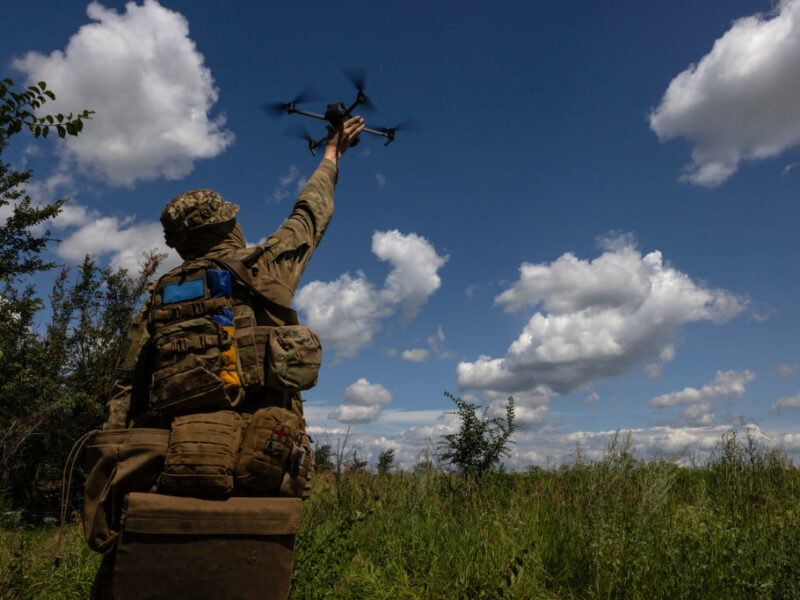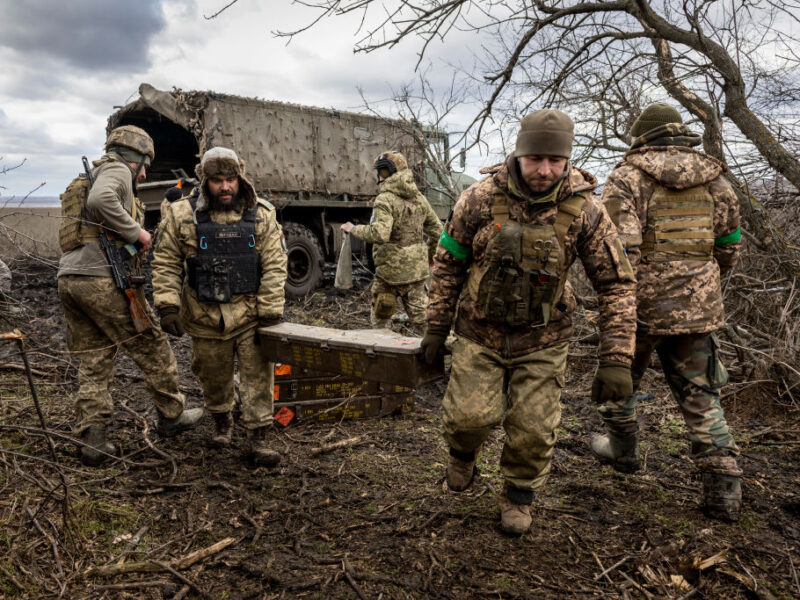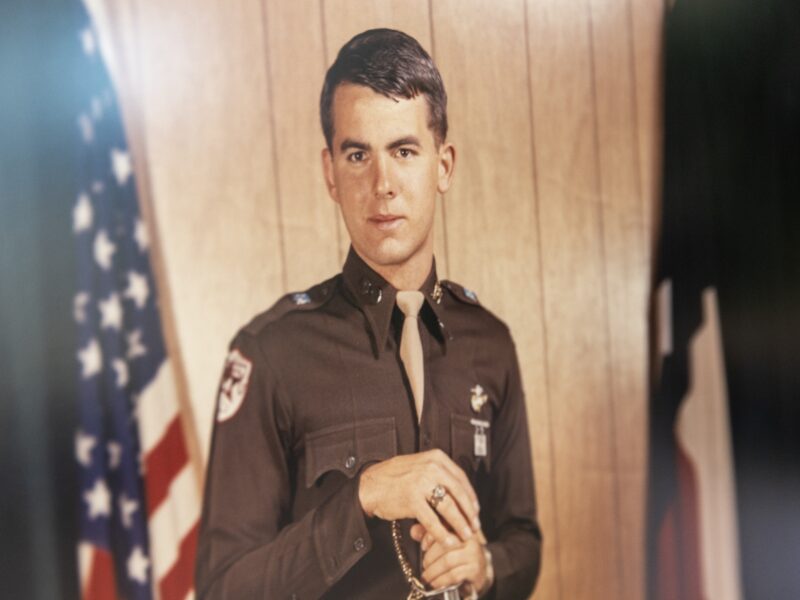Texas Aggies Honored In Bastogne – Turney White Leonard ‘42
December 12, 2014 the Texas Aggies Go to War museum exhibit opens in Bastogne, Belgium. The museum will highlight the service of five Aggies during WWII honoring the lives of Texas Aggies who fought in and around the Battle of the Bulge, such as Lt. Col. James Earl Rudder ’32, Capt. Joe E. Routt ’37, Maj. James F. Hollingsworth ’40, Lt. Turney W. Leonard ’42, and Lt. William M. Pena ’42 before, during, and after the war. “The main objective of the exhibition is to tell the younger generation that a soldier in a black and white picture is not just a soldier,” Gaeta says. “He had a life before, he had a girlfriend, a father, he had family. You could have been in the same situation, 70 years ago.”

This article recounts the life of Turney White Leonard ‘42 and is the 4th in a five part series to honor these servicemen and the sacrifice they made for us all.
“Turney Leonard ’42 was the bravest and finest person I ever saw or knew. I owe my life to him. And there are three hundred others who feel as I do.”
-Captain Marion Pugh ’41
Early Years
Turney Leonard was born in Dallas, Texas to Earnest William and Lilly Vertrees Bell Leonard on June 18, 1921. The youngest of four brothers, he spent most of his early years with his grandparents in Harlingen, Texas on the Rio Grande. He was active with the family’s ranching and agricultural interests in South Texas. He returned to Dallas to graduate from the Dallas Technical High School after his grandfathers died. Following the encouragement by his uncle, role model, and distinguish Aggie alumnus, Tyree Bell, class of 1913, Turney enrolled in Texas A&M in the fall of 1938.
Texas A&M
His primary interest of study was marketing and finance. He excelled in student activities and rose to the rank of cadet captain in Company I of the Corps of Cadets. He graduated as a distinguished student and was commissioned as an infantry officer in the U.S. Army along with the entire class of 1942 that entered active duty in the army in mass.
World War II
Upon entering active duty he was transferred from the infantry to the tank destroyer branch and sent to Fort Hood, Texas for training, serving as an instructor in the tank school upon completion. In 1943, he was assigned to Company C, 893rd Tank Destroyer Battalion (TDB), stationed at Fort Shelby, Mississippi. Given the shortage of officers, Leonard served as both Company Executive Office and First Platoon Leader.
After a brief training period at Camp Kilmer, New Jersey, the 893rd TDB was shipped to England in September 1943 under the command of Texas Aggie Captain Marion Pugh ‘41. What followed were intensive beach-head landing tactics. Leonard’s tank unit landed on Omaha Beach at Normandy as a part of the Second Armored Division on D+7, June 13, 1944, and became part of the main offensive through France. Lt. Leonard led the first contingent of his unit into Paris upon its liberation.
By September 1944, the 893rd TDB was heavily engaged with the enemy along the Siegfried Line and played a major role in the battle at Aachen. On October 4, 1944 in support of the 28th Infantry Division, Leonard’s battalion was dispatched to capture Dorf Schmidt and protect the Schawmalle Dam on the Roer River from sabotage by the Germans. Leonard was wounded in action yet did not require evacuation, and his tank unit helped turn back the attack and in the process captured Dorf Vossenack.
As the bitter cold and snow of the winter intensified, one of the coldest on record, German panzers counter-attacked on November 4, pushing the American units back to Kommerscheidt Hill. Security along the icy Vossenack-Kommerscheidt road became a tremendous problem as U.S. tanks slid into ditches and were delayed by land mines. On November 5, the enemy was again engaged by Company C commanded by Captain Pugh and Lt. Leonard, knocking out five enemy tanks. Casualties were high and ammunition was low as the American forces were ordered to hold their position and push forward.
On the morning of 6 November intense fire continued on both sides, again resulting in the loss of men and tanks in Charlie Company. Leonard was wounded again, yet stayed with his men. To assist Leonard’s unit Captain Pugh called in supporting or covering artillery. To prevent being overrun, Leonard took charge to reorganized leaderless and confused infantrymen, led them to cover, consolidated their ammunition, and set up a line of resistance – he was wounded a third time.
Sergeant John R. Vitchock, of Republic, Pennsylvania recalls:
“When we entered the fighting at Kommerscheidt, Lt. Leonard advanced alone under heavy enemy fire to scout German tank platoons. Moving out and returning to direct our fire, he went up and down a wide hill in concentrated fire of enemy tanks and mortars. He found enemy tanks in a haystack that was boarded at the bottom, and our Destroyers knocked them out. When the leaders of several Infantry units were killed, he took over these groups and reorganized them to keep them in the fight.”
The resulting attack by Germen Mark VI ‘Tiger’ tanks was directly over Leonard’s position. In the fight he was credited with taking out six enemy tanks before being disabled. An exploding shell shattered his left arm below the shoulder; he applied a tourniquet with his belt and headed for the field aid station. Too critically wounded to be carried on a litter, he was last seen by the army medics that covered him with brush to hide his position. In the fog of battle he was considered missing-in-action and his body not found until after the war – he was 23 years old at the time of his death. (He was retroactively declared KIA effective November 7, 1944).
In the after action report, Captain Pugh reported: All the platoon leaders in Charlie Company were killed, units on Kommerscheidt were order to withdraw on 9 November, and infiltrate through enemy lines to return to American held positions; in all Company C knocked out 17 enemy tanks, lost 11 of the unit’s tanks, sustained massive casualties, with only one officer and 27 men able to pull-back, many on stretchers.
Lt. Leonard’s mother, along with his three brothers, all of whom served in the armed forces, were presented Turney’s Medal of Honor posthumously on October 24, 1945 in Dallas. His body was recovered and returned to Dallas for burial on Memorial Day, May 30, 1950, in services led by Texas A&M Chancellor, Gibb Gilchrist and Captain Marion Pugh ‘41.

Award and decorations:
- Congressional medal of Honor
- Distinguished Service Cross
- French Croix de Guerre with Bronze Star
- Purple heart with Three Oak Leaf
- British Order of the Empire
- Africa-Europe-Middle East Medal with Four Battle Stars
- Victory in Germany Medal
Other Honors:
- Corps of Cadets Dorm number 7, named in honor of Lt. Leonard
- American-Veterans Post Number 22 in Dallas is named in honor of him
- He is honored both in the Memorial Student Center (MSC) at Texas A&M and the Corps of Cadets Hall of Honor at the Sanders Corps Center
Leonard, along with seven other Aggie Medal of Honor recipients, is on display at the Memorial Student Center’s Hall of Honor.
The “Texas Aggies Go to War” exhibition opens December 12, 2014 in the Van Geluwe building in downtown Bastogne, Belgium. If you have interest in learning more about the exhibit, attending the grand opening, or donating to this exhibit, please visit the website. http://texasaggiesgotowarexhibit.tamus.edu
The relationship with GSK pharmaceuticals is the most impactful relationship to date as a result of A&Ms collaborations with the Belgians. See more about this collaborative effort at the following link: Texas A&M dedicates national pandemic influenza vaccine manufacturing facility, on track for 2016 start-up phase.





